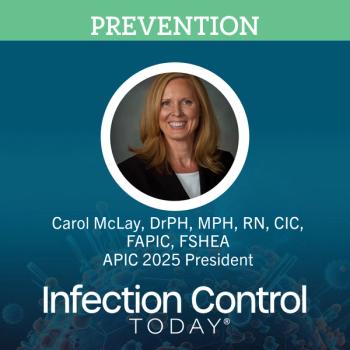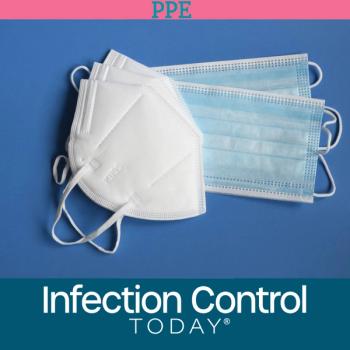
40 Percent of Surface Disinfectants Ineffective in Eliminating Viruses that Cause Gastroenteritis
Some 40 percent of commercial disinfectants used to clean surfaces are believed to be ineffective in eliminating noroviruses, a group of viruses responsible for more than half of all foodborne gastroenteritis outbreaks. According to a recent study published by Université Laval researchers in the Journal of Food Protection, only bleach-based disinfectants drastically reduce the concentration of these viruses.
Noroviruses spread directly via contact with infected persons or indirectly through contaminated objects, foods, or surfaces. The effectiveness of disinfectants used to clean surfaces at home or at businesses in the food sector is therefore crucial for limiting the spread of these viruses, which affect more than 21 million people every year in the United States alone.
The team of researchers led by Julie Jean, professor at the Faculty of Agriculture and Food Sciences, tested the efficacy of three major categories of household disinfectants in eliminating noroviruses: bleach-based products, alcohol-based products, and quaternary ammonium-based products.
Lab tests showed that five minutes of contact with a bleach-based disinfectant reduced the concentration of noroviruses on a stainless steel surface by a factor of 1,000. Alcohol- and quaternary ammonium-based products proved 100 times less effective.
"Our results are of particular concern considering that some 40 percent of the commercial surface disinfectants on the market are alcohol or ammonium based," stressed Jean, who is also a researcher at the Institute of Nutraceuticals and Functional Foods (INAF).
Julie Jean's team also discovered that it takes only 10 minutes for human noroviruses to firmly latch on to a stainless steel surface. "Once attached, these viruses can survive for weeks and potentially contaminate anyone who touches them. And it's highly probable that our findings on stainless steel surfaces also apply to other materials," Jean added.
In addition to Julie Jean, this study was co-authored by Maryline Girard and Solange Ngazoa from INAF, and Kirsten Mattison from Health Canada.
Newsletter
Stay prepared and protected with Infection Control Today's newsletter, delivering essential updates, best practices, and expert insights for infection preventionists.






